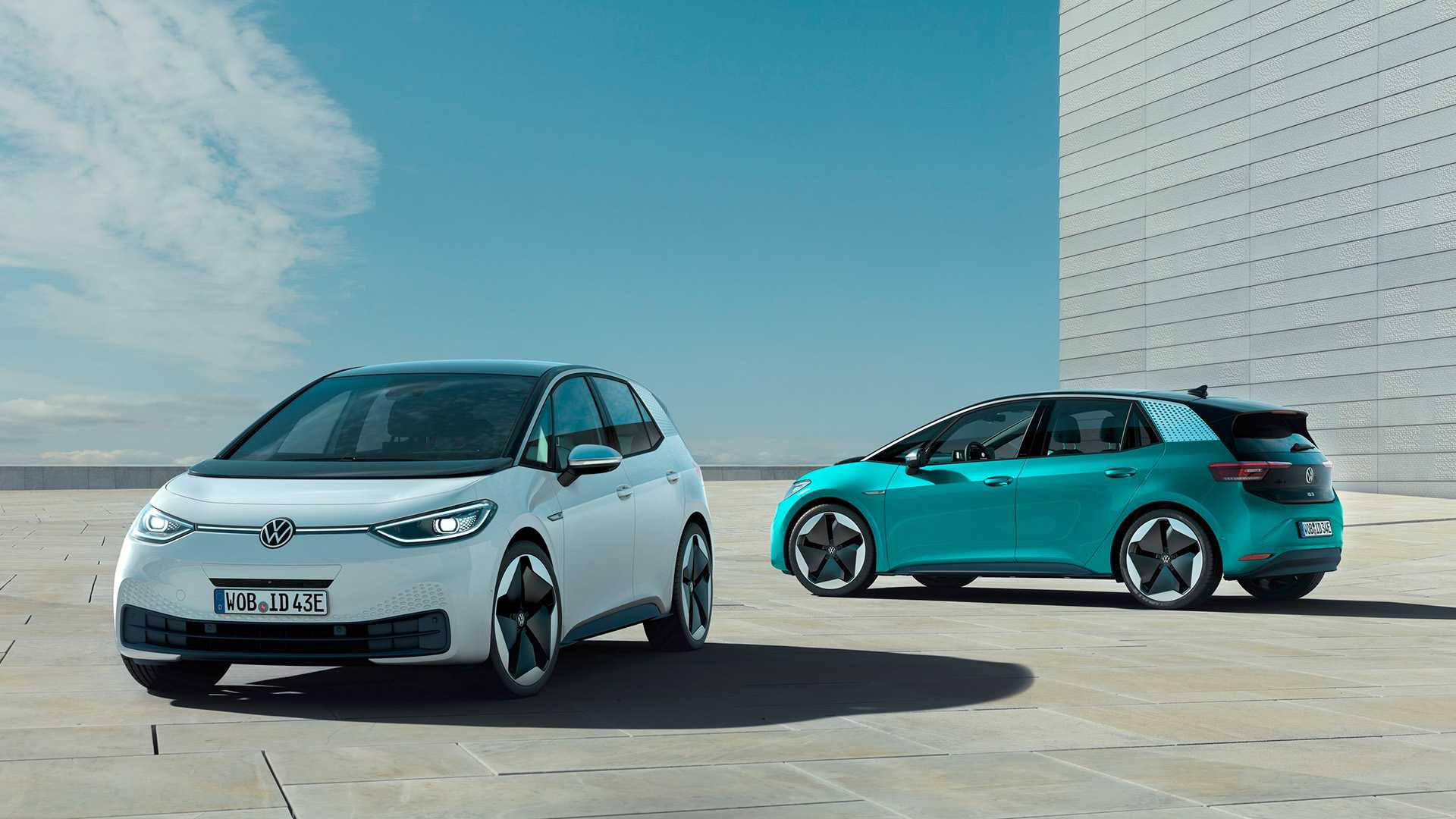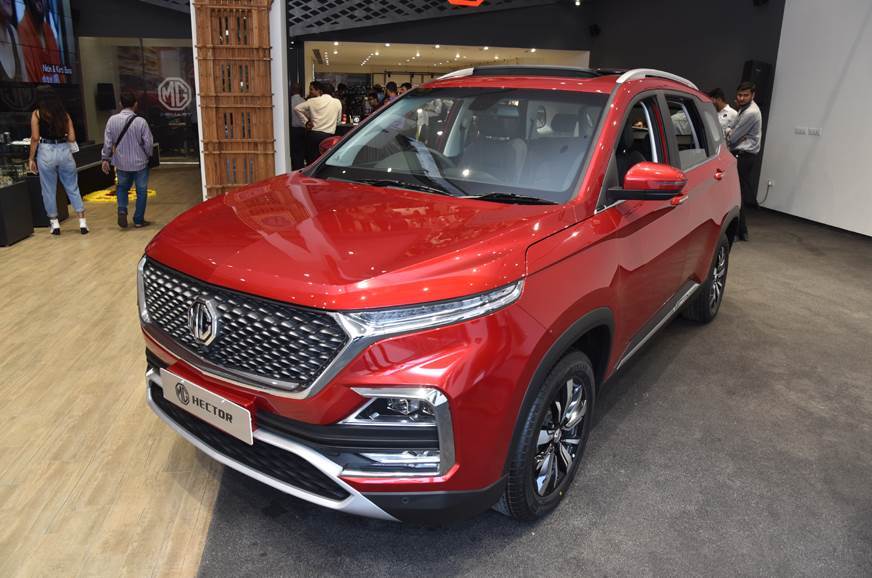
The electric Volkswagen ID.3, the brand’s most important model since the Golf, has been revealed ahead of Frankfurt motor show 2019, offering up to 549km of range. Initially shown as a concept at the 2016 Paris motor show, the hatchback will be the first ID model to arrive on roads next summer, followed shortly after by the production version of the ID Crozz SUV. The company will add more members to its upcoming all-electric ID family already seen in concept form. These include the Buzz, Vizzion and Roomzz, all of which will contribute to the VW Group’s intention to sell three million EVs by 2025.
Described as “an electric car for everyone”, the ID.3’s importance for VW is spelled out by its explanation of the model’s name. The marque says the ‘3’ signifies “the third major chapter for the brand after the Beetle and Golf”, both broadly considered to be landmark cars for VW and the wider motoring industry.
The ID 3 is the first car to use the new Volkswagen MEB platform, a scalable architecture built solely for electric vehicles, which will underpin all ID models and be used by other VW Group brands. VW is also licensing the platform’s use to other firms, most notably major rival Ford – a move considered crucial in helping to recoup the vast costs of developing the chassis and lower prices through greater economies of scale.
One major benefit of a bespoke electric platform is interior space. While the ID.3 is only 3mm longer, 10mm wider and 60mm taller than the current Golf, its wheelbase is 145mm longer at 2765mm, just 21mm shy of a Passat saloon’s. Boot space is identical to the Golf at 380 litres. At the rear, there is a large spoiler, required for aerodynamic efficiency. The black roof and rear section made of glossy black plastic seen in these pictures will be standard across all ID.3s.
The ID.3 will be offered in three battery sizes with two power outputs from its rear-mounted electric motor: a 45kWh battery with claimed range of 330km and 145hp, and 58kWh and 77kWh batteries both with 198hp, delivering 418km and 548km of range respectively.
Full specifications have yet to be revealed but all variants will deliver 310Nm of torque, while the entry- and mid-level ID.3s will have a top speed of 159kph.
A charging capacity of 100kW will be available on the mid-range ID.3, with a promised charging time of 30 minutes for 250km of range. The smaller-battery ID 3 will offer 50kW, but with an optional 100kW. The top-range ID.3 will be capable of charging at 125kW. VW is guaranteeing the battery for eight years or 160,000km.
On the inside, the ID.3's dashboard is clear other than a 10in protruding central screen as standard, on which systems such as navigation will receive over-the-air updates. There is an optional augmented reality head-up display, which projects relevant information onto the windscreen. All controls – including those on the electrically adjustable multifunction steering wheel – are operated using touch-sensitive buttons. The only conventional buttons are for electric windows and hazard warning lights.
VW promises next-generation ‘natural’ voice control on the ID.3. For example, an occupant could say “Hello ID, I’m cold” and, in response, the system would increase the in-car temperature.
There will not be traditional VW trim levels, given the maker’s desire to keep the line-up as simple as possible. This is presumably an attempt not to complicate matters for customers, many of whom will be buying an electric car for the first time. However, four option packs are expected to be offered in some international markets like the UK.
The ID.3 will launch with the 1st edition, powered by a mid-range 58kWh battery. The allocation, unspecified by VW, has already been filled for major markets like the the UK. VW did say it had achieved its target of 35,000 pre-orders worldwide. The standard ID 3 order books will open globally sometime next year, with deliveries in autumn.
The ID.3 is the first carbon-neutral model made by VW, according to the maker. It said all elements of manufacture and distribution will be powered by renewable sources or compensated by certified climate projects. The model will be produced at VW’s Zwickau plant in Germany, which is set to produce 330,000 electric cars annually from 2021.
There is no news of the Volkswagen ID.3 making it to our shores anytime soon . The company will however, introduce a new range of MQB A0 IN -based models in India 2021 onwards.
Volkswagen ID.3 image gallery
from Autocar India https://ift.tt/301MKOk
via IFTTT

No comments:
Post a Comment